Union pension investment funds helping to preserve St. Louis history
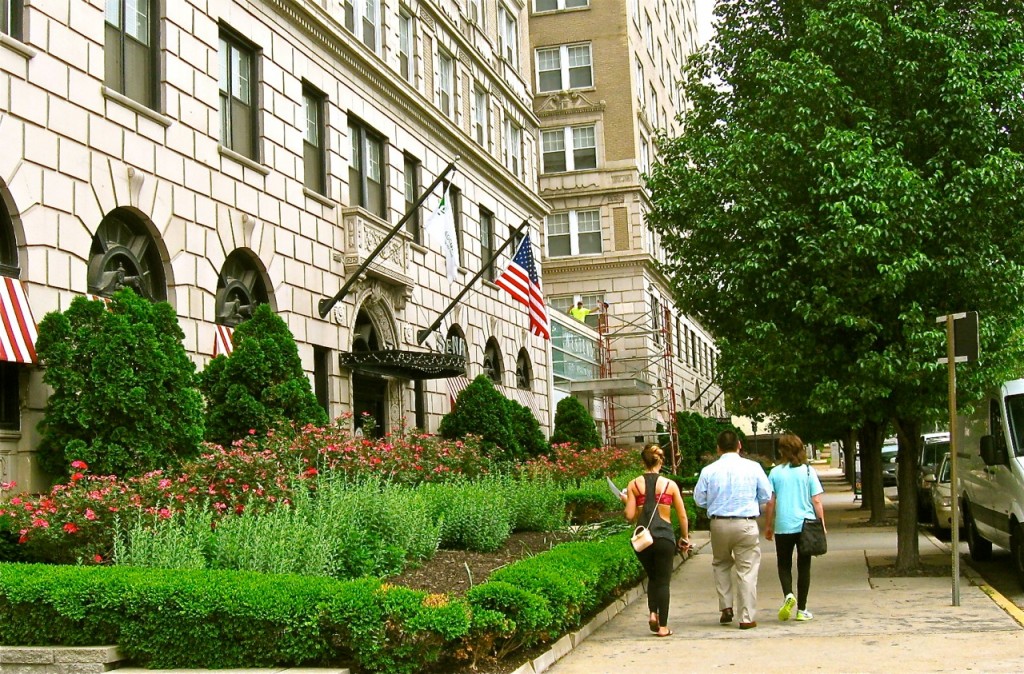
– Labor Tribune photos
$37.5 million investment from Ullico helping preserve and build anew in the old DeBaliviere Place neighborhood
By CARL GREEN
Staff Writer
St. Louis – In many ways, the 1920s were good times for St. Louisans. The deprivations of the Depression era had not yet arrived, the world was mostly at peace, and Prohibition was making its presence felt, for better and for worse.
One sign of progress residents could see was the construction of elegant new residential hotels in the DeBaliviere Place neighborhood just north of Forest Park, some of them attracting older residents by providing nursing services – certainly an idea that remains timely.
Now, union pension funds are supporting renovations and new union-built construction that will help keep some of those 1920s developments up and running as prestigious apartment buildings that cater to professionals, college students and seniors alike.
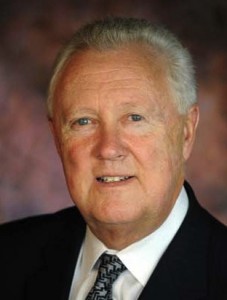 A key player in the project is a guy who grew up near those buildings, Joe Hunt, national president of the Iron Workers from 2001 to 2011, and now Chairman of Union Labor Life Insurance Company (Ullico), which is providing financing.
A key player in the project is a guy who grew up near those buildings, Joe Hunt, national president of the Iron Workers from 2001 to 2011, and now Chairman of Union Labor Life Insurance Company (Ullico), which is providing financing.
“That was a very, very fine part of St. Louis,” Hunt recalled in a recent interview. “It was the high-end part of town.
Hunt grew up nearby in the less affluent Clifton Heights neighborhood, just south of the park. He and his friends were well aware of the high-rent district as they rode their bikes and played in the park.
“Everybody knew about the fancy houses and private streets,” he said.
STARTED IN 1920s
Back in 1922, noted architect Preston J. Bradshaw and builder A.D. Gates put the finishing touches on 245 Union Boulevard, a 10-story high-rise that operated as Gatesworth Manor until 1988, when that luxury retirement center moved to its new location, Gatesworth at One McKnight Place, in University City. The building on Union then was renamed the Westmoreland and became an apartment building.
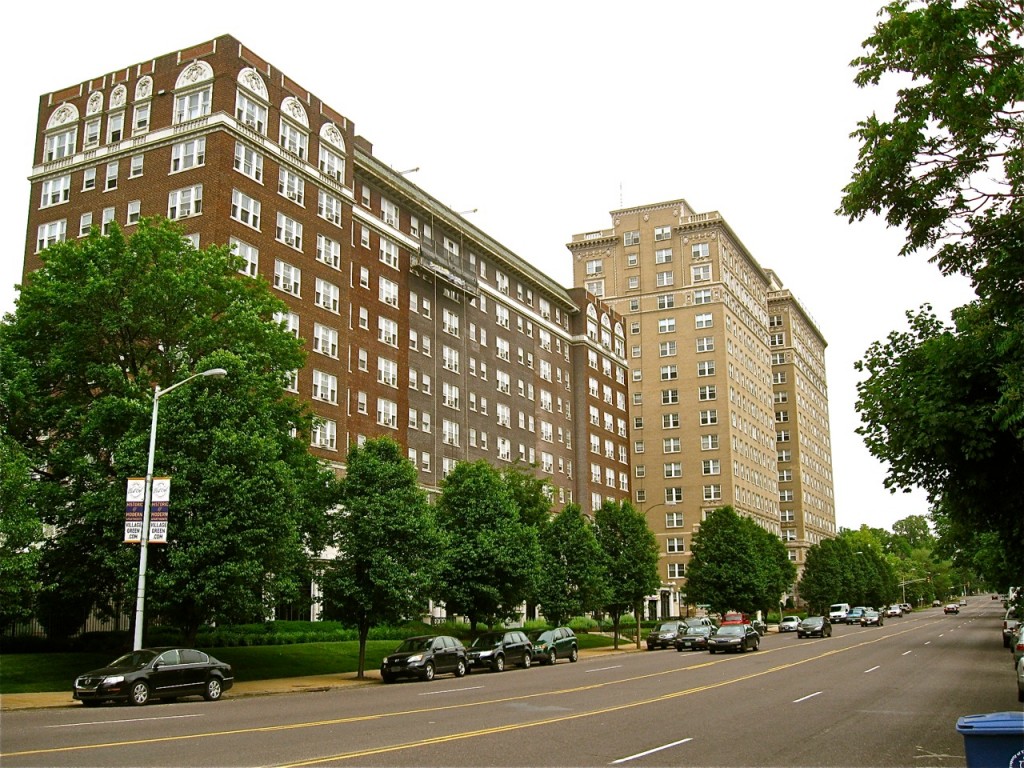
In 1925 and 1926, home-builder and architect Sam Koplar made his first big mark on the St. Louis hotel scene by opening a matched pair of 16-story high-rise residential hotels, known as the Senate and the Congress. Koplar would go on to build the Park Plaza Hotel, which still dominates the Central West End skyline.
The Senate and Congress were operated as senior apartments called Portland Towers for many years until new owners reverted to the original names in 1993. They are immediately north of the Westmoreland at 275 Union.
The Westmoreland, Senate and Congress are now owned by a Wisconsin company, Village Green, that is renovating sections of them and building a fourth apartment building at the site, all funded by a loan for $37.5 million from Ullico and its “J for Jobs” program, which invests union pension funds and requires that union labor be used.
“We’re proud to be able to help,” Hunt said. “We like new construction, but we also like to be part of preserving the past.”
The new building, of six stories, can be seen just behind the Senate and Congress on the west side of Union Boulevard, and construction is proceeding apace. Designed by BKV Group, it will have 82 apartments and include “green” energy-saving features.
Altogether, the four buildings, known as Central West End City Apartments, will have 400 apartments when the work is done. They now range from 300 square-foot studios that rent for $535 a month to a luxury penthouse for a cool $3,850. In between, a two-bedroom, one-bath apartment at 900 square feet goes for $1,010, according to currently published listings.
LONG AMENITIES LIST
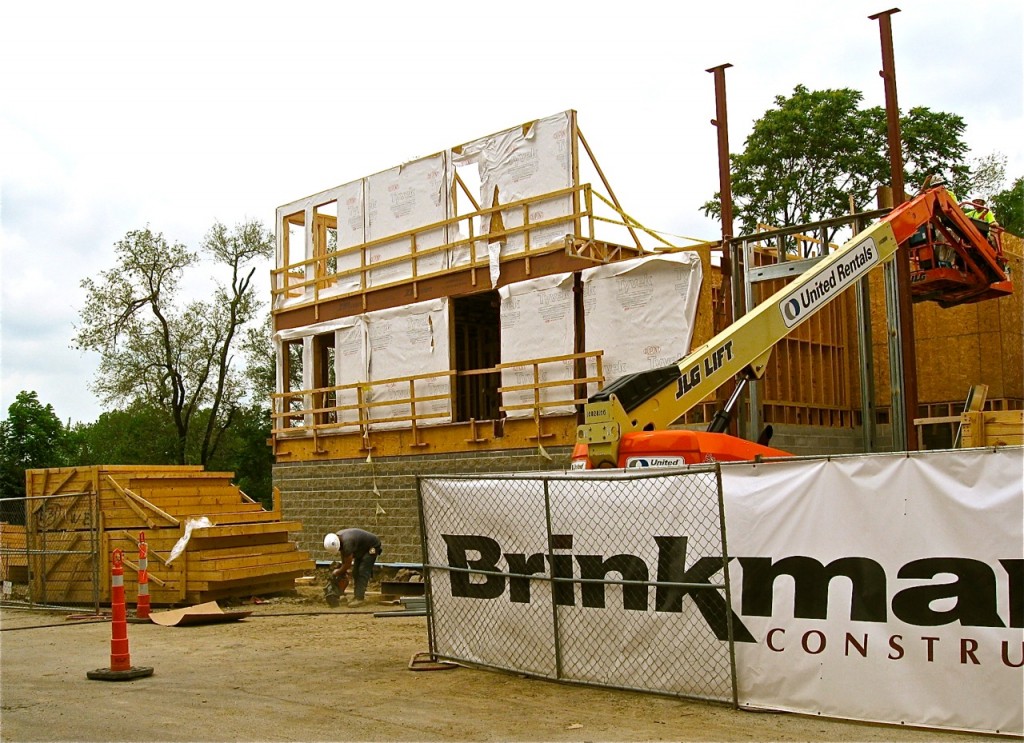
The complex touts a long list of amenities, including 24-hour concierge service, fitness center, restaurant, shops, garage parking, pools, laundry, walk-in closets, hardwood floors, wireless internet, furnishings, community and game rooms, and cable-ready television service. Small dogs and cats are allowed, too.
But marketers most like to talk about the location, with a view of Forest Park and proximity to hospitals, colleges and the entire Central West End.
“Our location is just seconds away from Forest Park, BJC Medical District, Nestle Purina, Washington University, St. Louis University and Clayton,” states Village Green’s sales brochure.
“Our location features something for everyone to enjoy – arts, education, business, shopping and dining with ease of access to one of the largest urban parks in the United States.”
Hunt noted that BJC and others are investing more than $100 million in projects in the neighborhood.
“That area is really coming back,” he said. “It’s a great neighborhood.”
He added: “These are the types of projects we like to do. It means good union jobs for the construction workers, and helping to preserve the city’s historical architecture.”
NOTED ARCHITECT
Architect Bradshaw was a St. Louis native who graduated from Columbia University in New York and returned to St. Louis, where he became nationally known for designing hotels and auto dealerships.
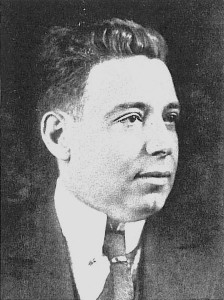
BRADSHAW
Among his many works were the original Chase Hotel, which became part of the combined Chase Park Plaza, and two hotels now on the National Register of Historic Places, the Forest Park, on West Pine Boulevard, and the Mayfair, on Lindell. He designed some two-dozen automotive properties, mostly along Locust Street in an area called “Automotive Row.”
Bradshaw achieved national fame during the 1920s for his high-rise apartment buildings and hotels, typically covered in brick with elaborate terra cotta ornamentation in the Renaissance Revival style. He built the last high-rise hotel in St. Louis before the Great Depression hit, the Lennox, now called the Renaissance Grand. He also had major buildings in Kansas City, Detroit, Louisville and Dallas.
In the 1930s, Bradshaw focused on smaller designs as the market for high-rises dried up with the rest of the economy. He remained manager of his elegant Coronado Hotel, a high-rise on Lindell that still operates as a ballroom and meeting facility plus apartments. When he died at age 69 in 1953, he left a legacy of remarkable, historic buildings throughout the city, including the Westmoreland.
For his part, Sam Koplar, the son of immigrants from Minsk, Russia, followed up his construction of the Senate and Congress by creating the St. Louis Theatre, now known as Powell Symphony Hall.
His next big project was the 28-story Park Plaza in 1929, which set a new standard in St. Louis for luxury and elegance in the Art Deco style but also suffered in the Depression economy.
By 1944, Koplar owned both the Park Plaza and the Chase Hotel, and his son Harold connected them with a large lobby to form today’s iconic Chase Park Plaza. The family went on to found the popular independent television station KPLR.
‘J’ FOR JOBS
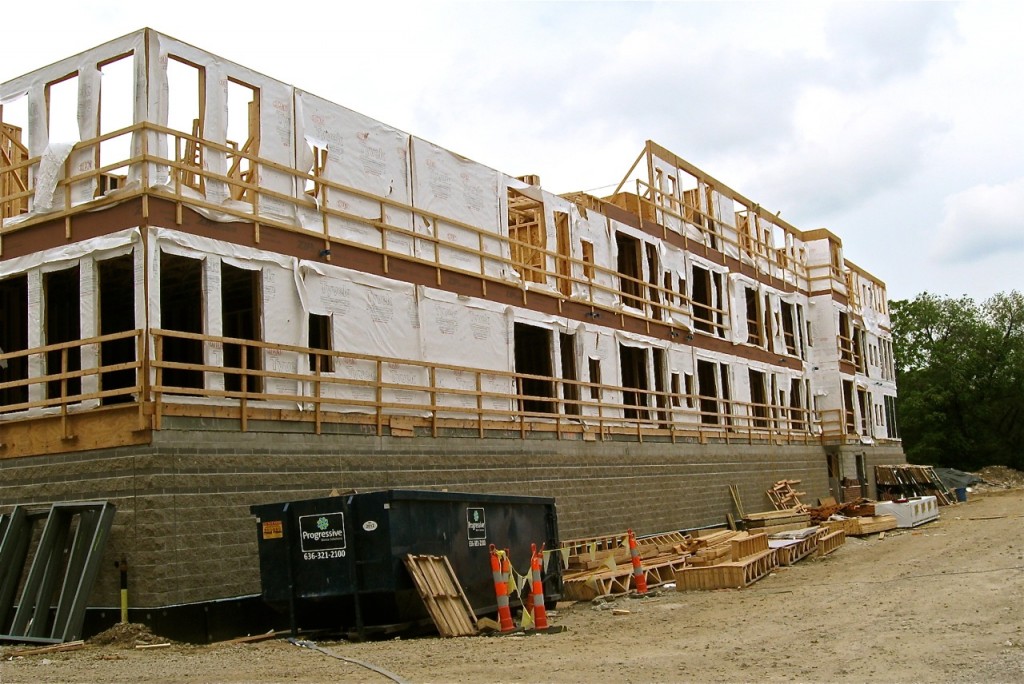
Ullico is continuing to invest its “J for Jobs” funds in Midwestern cities, most recently announcing three projects in Chicago – $32.75 million for Wolf Point West, a 48-story apartment building downtown; $29.84 million for New City, a mixed-use development in the Lincoln Park neighborhood; and $25 million for 200 N. Michigan, a 41-story apartment building downtown.
The J for Jobs program began in 1977 and since then has invested some $12.5 billion in about 430 real estate projects nationwide.
Ullico is the nation’s only labor-owned insurance and investment company.
For more than 85 years, Ullico has provided insurance products that protect union members, leaders and employers, while investing in building projects that have created thousands of union jobs.
The Ullico Inc. family of companies includes the Union Labor Life Insurance Company, Ullico Casualty Group Inc., Ullico Investment Company Inc., and Ullico Investment Advisors Inc.
(Historical information came from the files of Landmarks Association of St. Louis and articles from St. Louis Magazine, the St. Louis Post-Dispatch, West End Word and the Labor Tribune.)


2 Comments
Fascinating article, and I’m glad I happened upon it. I’m a 1950 graduate of the original Lutheran High School located on Lake and Waterman, so this area of St. Louis is a very familiar one to me. Our class is preparing to hold our 65th reunion in September, and some of us are trying to put a few memories together. At the ends of our first two years, 1949 and 1950, a Junior-Senior Banquet was held. We think it was held on Union Blvd not too far from the high school. Some think it was at the Congress Hotel and others think it was the Gatesworth. I’m trying to learn the locations of these two buildings, and which of the two might have provided space for a banquet in those two years. I see the photo here of the Congress. Is there one of the Gatesworth available?
There was a notable Jazz Club in the Congress.